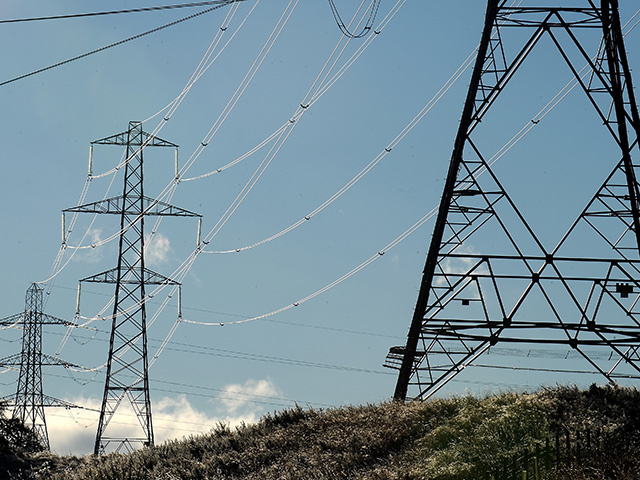
The Scottish and Westminster cabinets both met, separately, this week in the north-east of Scotland, the heart of UK oil and gas production.
The hotly debated topic of the day was the future of the North Sea oil and gas sector. However the rhetoric from both camps was centred around ownership, rather than security, of energy supply.
A multitude of headlines were generated including this from Cameron: ‘UK economy crucial to North Sea oil’. Meanwhile, Salmond was quoted as saying ‘While I was compiling the oil and gas index, David Cameron was still fooling around on the playing fields of Eton’..
I would argue that the future supply of energy in Scotland is too important to be downgraded to a political football. It is essential that the UK as a whole continues to meet its commitments, specifically as regards renewable energy.
Energy security is an international concern and we are operating in a global society.
Like many countries, Scotland is a net exporter of electricity, with exports of between 14% and 26% of total generation in each year from 2000 to 2012. But, if we are to continue to inspire change on a global scale, then Scotland must focus on its role as a beacon for renewable energy and its ability to protect and maintain our supply of energy.
The Scottish Energy Compendium 2014, which brings together data from the Department of Energy and Climate Change and the Scottish Government among other sources, indicates that Scotland remains on track to generate the equivalent of 100% of its own electricity demand from renewable resources by 2020.
According to the Compendium, the contribution of renewables to total electricity generation in Scotland increased from 26.8% in 2011, to a record 29.8% in 2012.
When looking at generation as a proportion of consumption, as with the 100% electricity target, the proportion is 40.3%. In 2012, Scottish renewable generation made up approximately 36% of total UK renewable generation, which was up 19.1% over the year.
As of September 2013, Scotland’s renewable energy pipeline was in the region of 20.5 GW capacity, with 6.5 GW installed, an additional 4.6 GW of pre-operational capacity (either under construction or consented) and 9.4 GW moving through the planning system.
At Savills, we’ve been involved with more than 2.5 GW of this planned capacity over the past 12 months, and there are further significant opportunities on the horizon.
With noteworthy contributions from offshore renewable still to come, even if just half of this pipeline were to make it to final consent, Scotland would be in a very strong position as regards domestic energy generation. Indeed, Scotland’s hopes of attaining its targets will rest on the success, or otherwise, of projects navigating the planning process.
Renewable output in Scotland in 2012 was up 7.5% on 2011, the previous record year for renewable generation.
Meanwhile provisional data for the first three quarters of 2013 suggests that an additional 665 MW of capacity has become operational, compared with the end of 2012. Provisional estimates show output in the first three quarters of 2013 is 4% higher than the same three quarters of 2012.
Scotland is very strong when it comes to renewable energy generation; not least due to the country’s natural resources, the entrepreneurial spirit among landowners and developers, changes to the planning framework and the momentum created by political support.
The oil and gas sector is now responsible for generating around 200,000 jobs. However, there are serious challenges to overcome, and grid capacity and energy storage are at the top of the list.
Scotland can and must continue to be a pioneer of renewable energy technologies, but this needs to happen in a context of global energy demand and technology development.
It is all too easy for energy to become a political football but, as an industry, we need to stand above the rhetoric and focus on the future of energy supply across the UK.
Nick Green is head of energy for Savills in Scotland
Recommended for you
